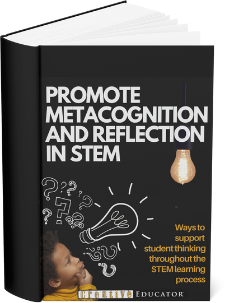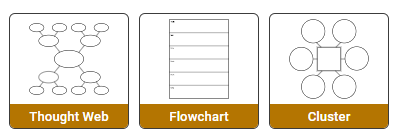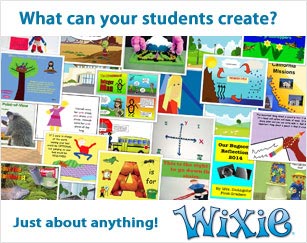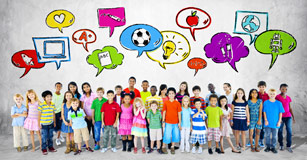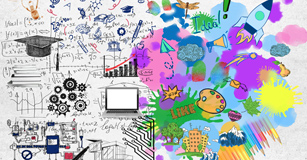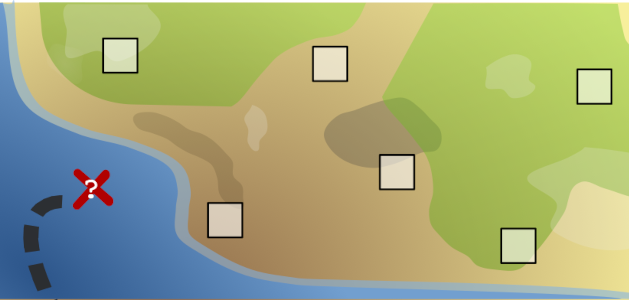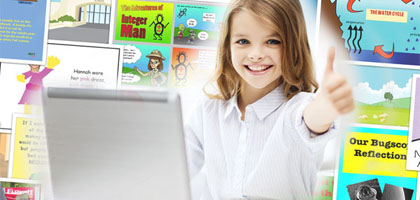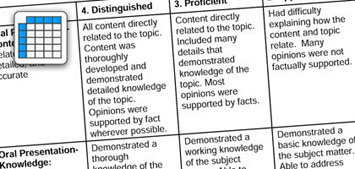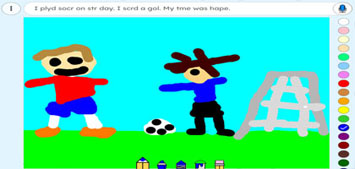Using Mind Maps as your PBL Roadmap
Put students in the driver's seat for a truly student-centered approach
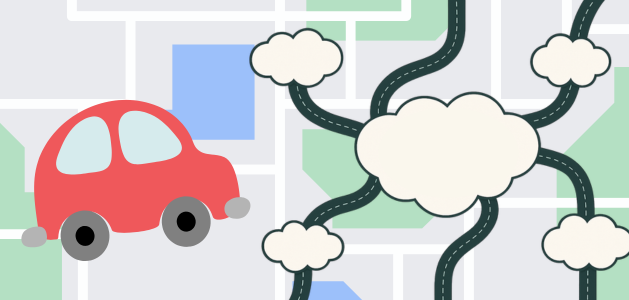
In a project-based approach to learning, students are presented with a real issue or problem and learn content to solve it. Typical classroom time and resource constraints often limit student’s ability to take the lead. Mind mapping can change that.
Mind mapping is a process that makes information and thinking visible. Not only does it show ideas, it clearly articulates the connections between ideas. Using Mind Maps can help students do the heavy lifting in a project and provide teachers with information that helps them identify areas they need to provide additional support so students can thrive.
The design and project-building process
While the project process can look a lot of different ways, most educators employ a design thinking or engineering design process to help them guide and support student efforts.
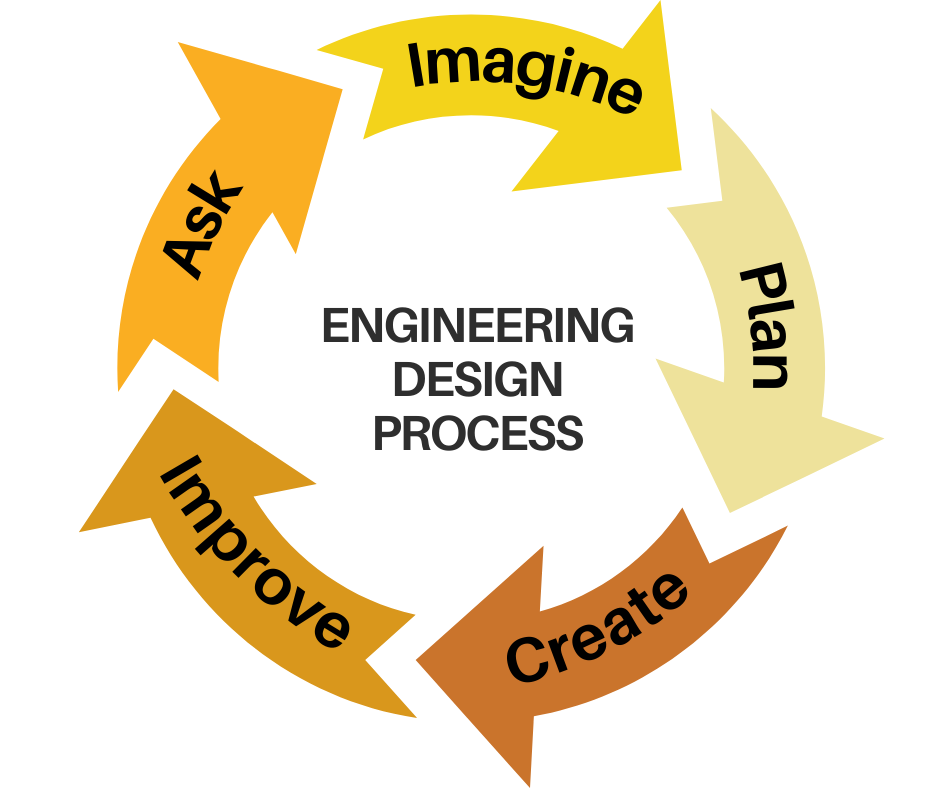
No matter if you use a Frame-Imagine-Make or design thinking approach or even the engineering design process, mind maps help students get organized, see thinking, and plan next steps.
Since the process you use will depend on the goals of your classroom, this article uses general names for tasks that need to be completed, instead of steps from a single process.
Identify the Problem
Before they begin any work, students need to identify and clearly articulate the problem. This may mean making (and collecting) observations, identifying causes, interviewing stakeholders, and conducting research to gain expertise and identify what might be causing the issue.
Mind maps are great places to capture key ideas and details during this process. Since students don't know exactly what they are looking for yet, a mind map, which uses symbols with a small amount of text, can help them capture ideas, information, and data points quickly.
Brainstorm Ideas
In order to develop the best possible solution, students need to brainstorm lots of ideas, focusing on quantity, not quality. Again, the small amount of text on each symbol makes it easy to throw out ideas quickly.
Since project-based learning deals with messy and complex issues, working in a team is essential. Individuals can add their ideas to a collaborative mind map or whiteboard, while the team is together or asynchronously as homework.
Develop a Plan
Once the brainstorm is complete, students need to look at the quality of their ideas and begin organizing them along with support information and details. At this stage mind maps move from a single level brainstorm to a tiered and organized hierarchy that shows connections between related ideas and information.
Once the plan has been given structure, it is easier for students to determine what needs to be worked on next as well as how they might break down and assign tasks.
Organize Research
Mind maps can help student research transform from isolated bits of information to a clear picture of how facts and concepts relate to one another.
As structure begins to show in their research, students can more easily prioritize ideas and identify where they are supported or need more evidence and examples.
Create
As students design, build, construct or organize their solution, students can refer to their planning mind map to monitor progress, stay on task, plan next steps, and focus their efforts.
Reflect
All too often, evaluation of success is connected only to the success of the end product or performance, not to the process, making it hard to identify areas for improvement or correct for the next iteration.
Mind maps used for planning provide an overview of the project's ideas and process, making it an easy way to reflect on the success on process, progress, and the success of specific aspects of the solution.
Mind maps make project-based learning truly student-centered
When it comes to real-world issues, like food waste or climate change, mind mapping gives students a space to explore causes, consequences, and possible solutions. Mind mapping helps students move from large issues and abstract problems into specific solutions, while prompting both critical and creative thinking and sparking meaningful conversations.
From voice in framing the problem, to autonomy in designing solutions, to self-regulation in reflection, mind maps scaffold agency across the whole arc of a project. Mind maps aren’t just graphic organizers, and go beyond simple visual representations of ideas, and information. When used through the PBL process, they provide a record of student decision-making.




